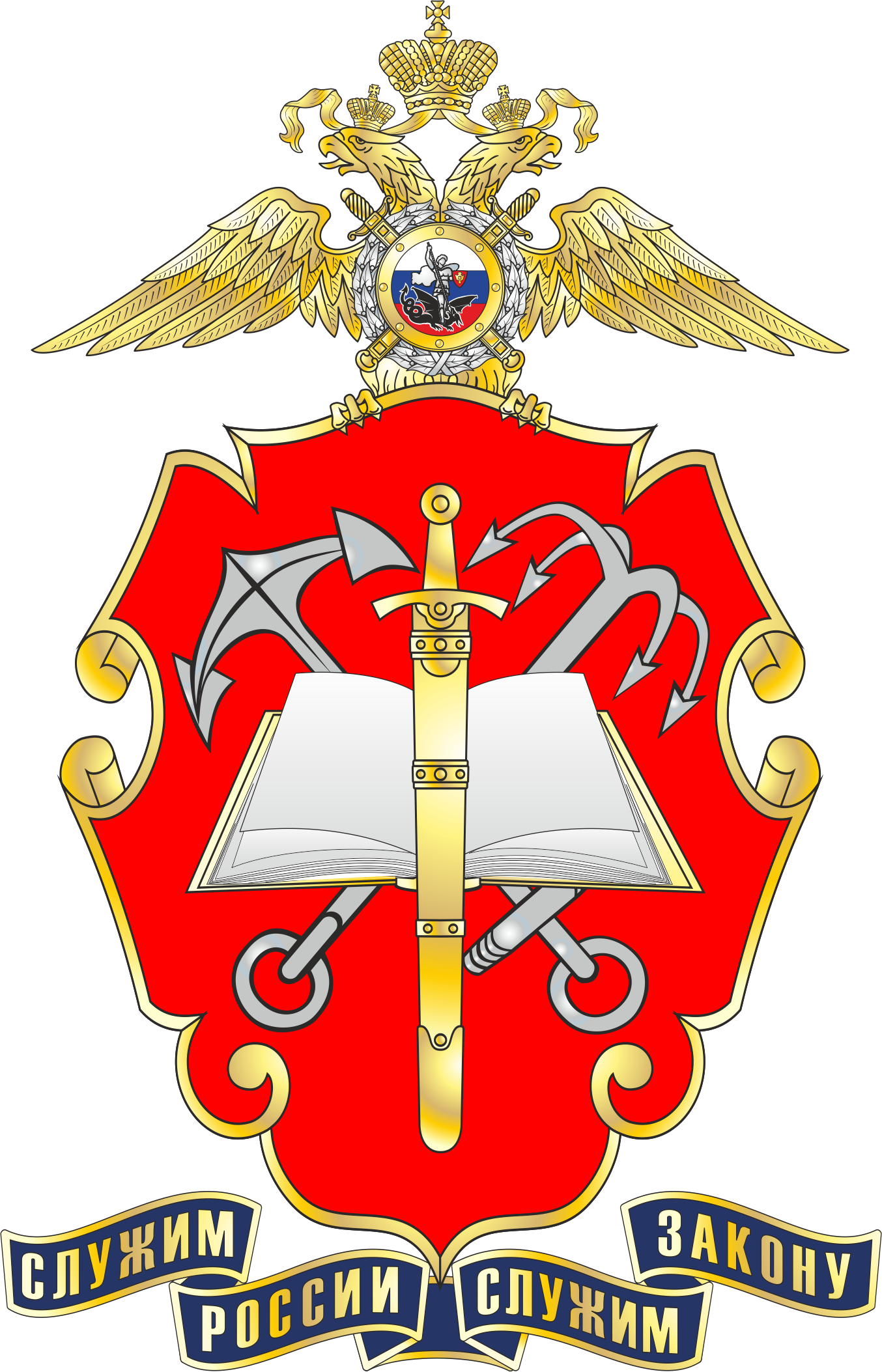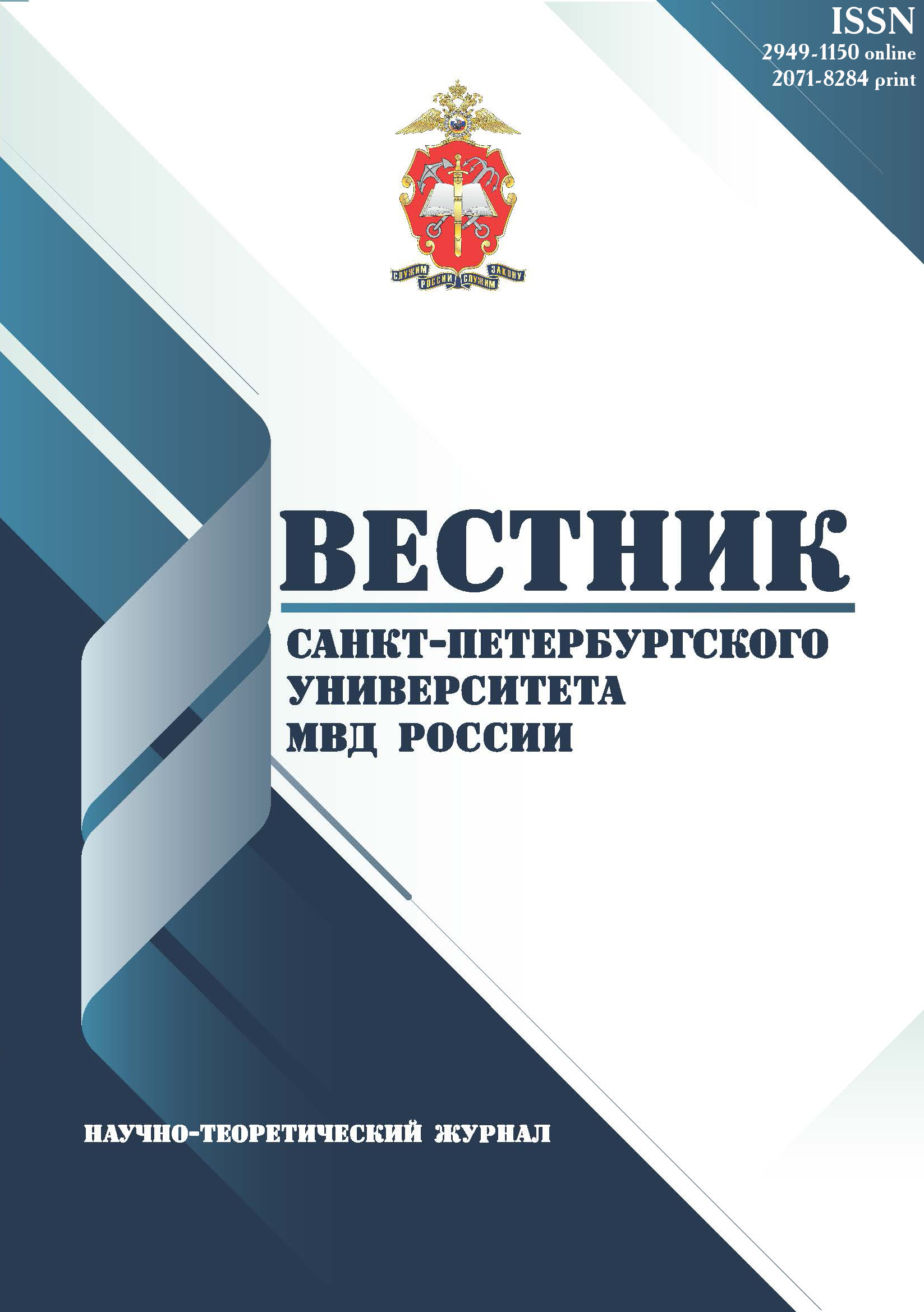UDC 340
Introduction. The The primary objective of this study is to comprehensively examine the legal framework governing the right to peaceful assembly in Mongolia, with particular emphasis on fundamental principles enshrined in international human rights law, the Mongolian Constitution, and practical aspects of limiting this right. Mongolia is a party to the International Covenant on Civil and Political Rights, Article 21 of which recognises the right to peaceful assembly and stipulates that any limitation must be lawful, necessary in a democratic society, and pursue legitimate aims such as national security, public safety, or protection of other persons’ rights. Article 16 of the Mongolian Constitution similarly guarantees this right. However, specific procedures and limitations are determined by national legislation. Despite these legal safeguards, recent legislative initiatives and court cases have revealed persistent concerns regarding the proportionality and fairness of restrictions, particularly during crises (e.g., COVID-19). Methods. The study was conducted through an online survey of 110 respondents, all of whom were professional lawyers or practising barristers/solicitors with field experience. Modern data analysis tools were employed, including SMART PLS-3.0 for structural equation modeling and SPSS-25.0 for statistical analysis, with questionnaire reliability ensured via Cronbach’s alpha. The methodology incorporated metrological, correlational, multifactorial, and path analyses to compare findings with existing scholarly work and rigorously assess the impact of various factors on restrictions to the right of peaceful assembly, as well as their broader implications for human rights. Results. Two independent variables – limitations under international standards and constitutional law – were measured using a 5-point Likert scale to evaluate their effect on the dependent variable: limitations on freedom of peaceful assembly. The results revealed that neither internationally grounded limitations nor constitutional limitations positively influenced the reduction of limitations on this right in Mongolia. This highlights dichotomy between legal norms and practical application, underlining the need for further reforms to ensure Mongolia’s full compliance with its international obligations and the effective enforcement of constitutional guarantees in practice.
human rights, freedom, constitutional law, limitations, peaceful assembl
1. Seabright P., Stieglitz J., Van der Straeten K. Evaluating social contract theory in the light of evolutionary social science // Evolutionary Human Sciences. 2021. Vol. 3. P. 1-45. https://doi.org/10.1017/ehs.2021.4.
2. Hobbes T. Leviathan / Macpherson, C. B. (Crawford Brough). London: Penguin, 1985. 223 p.
3. Lokk D. Dva traktata o pravlenii : Kniga II // Grazhdanskoe obschestvo v Rossii : Nauchnaya elektronnaya biblioteka : [sayt]. URL: https://www.civisbook.ru/publ.html?id=555 (data obrascheniya: 10.12.2024).
4. Ogol'cova E. G., Pavina E. V. Sravnitel'nyy analiz teoriy obschestvennogo dogovora T. Gobbsa i Dzh. Lokka // Molodoy uchenyy. 2022. № 51 (446). S. 311–313. URL: https://moluch.ru/archive/446/98084/ (data obrascheniya: 10.12.2024).
5. Russo Zh. Zh. Ob obschestvennom dogovore : traktaty / vstup. st. A. Filippova [i dr.] ; komment. V. S. Alekseeva-Popova, L. V. Borschevskogo. Moskva : Kuchkovo pole, 1998. 414 s.
6. Sarstedt M., Ringle C. M., Smith D., Reams R. Partial Least Squares Structural Equation Modeling (PLS-SEM): A Useful Tool for Family Business Researchers // Journal of Family Business Strategy. 2014. Vol. 5, no 1. P. 105–115. https://doi.org/10.1016/j.jf bs.2014.01.002.
7. Bass B. M., Avolio B. J., Jung D. I., Berson Y. Predicting unit performance based on transformational and transactional leadership assessment // Journal of Applied Psychology. 2003. Vol. 88, № 2. P. 207–218. https://doi.org/10.1037/0021-9010.88.2.207.
8. Henseler J. R., Ringle C. M. Sinkovics R. R. The Use of Partial Least Squares Path Modeling in International Marketing. In: Sinkovics R. R. and Ghauri P. N. (ed.) New Challenges to International Marketing (Advances in International Marketing, Vol. 20). Leeds : Emerald Group Publishing Limited, 2008. P. 277–319. https://doi.org/10.1108/S1474-7979(2009)0000020014.
9. Sosik J J, Kahai S. S., Piovoso M. J. Silver Bullet or Voodoo Statistics? : A Primer for Using the Partial Least Squares Data Analytic Technique in Group and Organization Research // Group & Organization Management. 2009. Vol. 34, № 1. P. 5–36. http://dx.doi.org/10.1177/1059601108329198.
10. Bayasgalan T., Tsevegsuren O., Galbadrakh L., Byambaarai Yu. The Empirical Study of Graduates’ Leadership and Career: The Case of Mongolia // International Journal of Asian Social Science. 2021. Vol. 11, № 8. P. 230–237. http://dx.doi.org/10.55493/5007.v12i7.4543.
11. Nunnally J. C. Psychometric theory. 2d ed. New York : McGraw-Hill, 1978. 701 r.
12. Hussain Sh., Fangwei Zhu, Siddiqi A., Ali Z. Structural Equation Model for Evaluating Factors Affecting Quality of Socia Infrastructure Projects // Sustainability. 2018. Vol. 10, № 5. P. 1415. http://dx.doi.org/10.3390/su10051415/
13. Sarstedt M., Ringle C. M., Henseler J., Hair J. F. On the Emancipation of PLS-SEM: A Commentary on Rigdon // Long Range Planning. 2014. № 47. R. 154–160. http://dx.doi.org/10.1016/j.lrp.2014.02.007.
14. Hair J. F., Sarstedt M., Ringle C. M., Mena J. A. An assessment of the use of partial least squares structural equation modeling in marketing research // Journal of the Academy of Marketing Science, 2011. Vol. 409, № 3. R. 414–433.
15. Hair J. F., Ringle C. M., Sarstedt M. Partial Least Squares Structural Equation Modeling: Rigorous Applications, Better Results and Higher Acceptance // Long Range Planning. 2013. Vol. 46, № 1-2. R. 1–12. http://dx.doi.org/10.1016/j.lrp.2013.08.016.
16. Okechukwu L. E., Sleimi M. Do employee attitudes mediate the relationship between strategic human resource management practices and organizational effectiveness? A SEM based investigation using SMART-PLS software // Business and Economic Horizons. 2017. Vol. 13. № 1. P. 42–59. http://dx.doi.org/10.15208/beh.2017.04.














